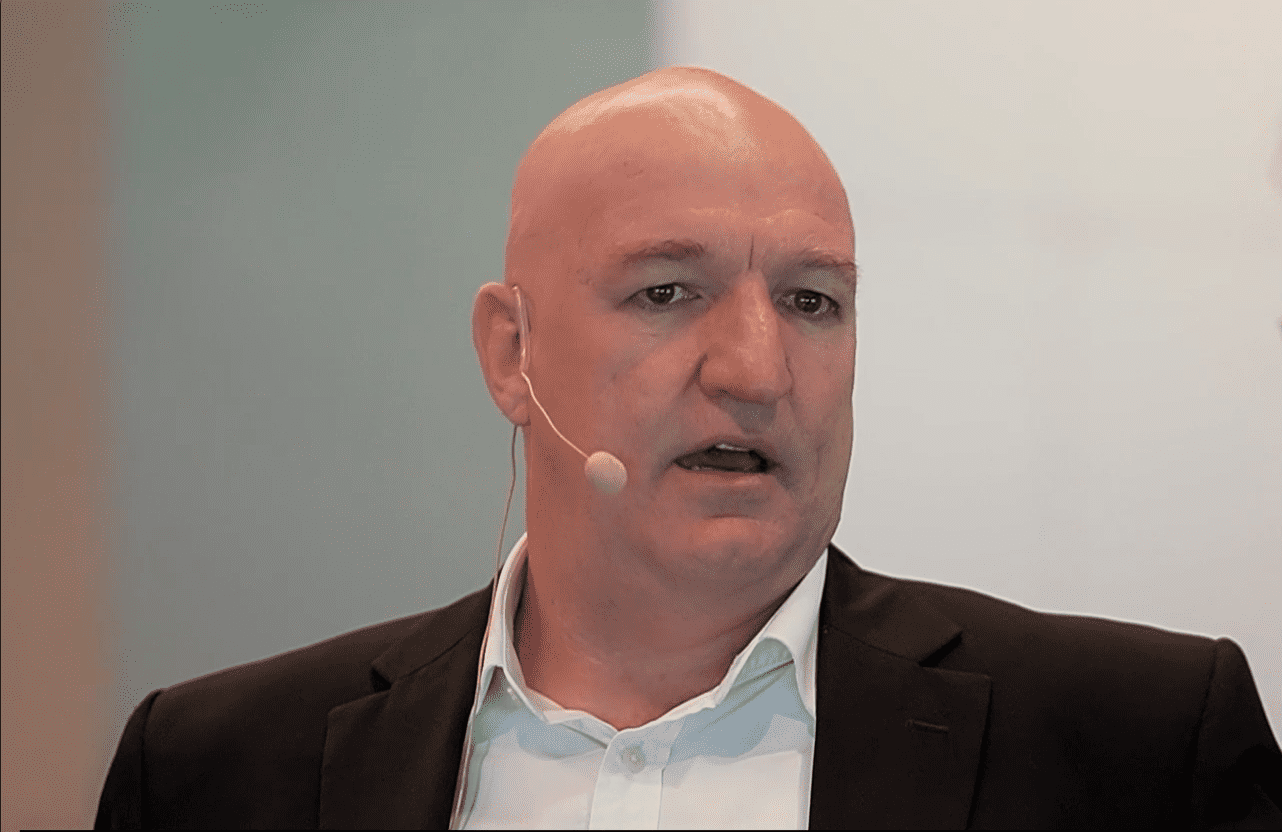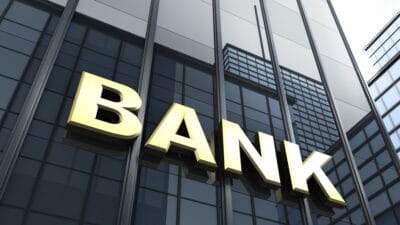In recent weeks the Commonwealth Bank of Australia (ASX: CBA) share price has declined from its peak of around $191 by close to 10%, as the chart below shows.
The ASX bank share surprised many investors by going as high as it did because it seemed to be trading on a stretched valuation.
Some people in the market may have been surprised by the price/earnings (P/E) ratio that CBA reached compared to its competitors of Westpac Banking Corp (ASX: WBC), ANZ Group Holdings Ltd (ASX: ANZ) and National Australia Bank Ltd (ASX: NAB).
According to the (independent) forecast on Commsec, the CBA share price is valued at more than 27x FY25's estimated earnings, even after the decline.
What could take the ASX bank share from here back to $190 and even up to $200? I think a few drivers could help it get there.
Business banking
CBA is already the clear market leader when it comes to household banking. In the quarter for the three months to 31 March 2025, the business reported that its number of retail bank transaction accounts increased by around 150,000 in the quarter, driven by continued non-migrant and migrant account openings. Home loans grew by $6 billion and household deposits increased by $4.9 billion in the quarter.
In the quarterly update, CBA said that it has continued to focus on growing its business bank franchise. It revealed it increased its business transaction accounts by 7% year-over-year to around 1.31 million accounts. Business lending "continued to grow above system in the quarter, with diversified growth across sectors."
I think this is important because CBA's market share in business banking is not as high as its household banking market share, giving it more room to grow. Currently, it's growing faster than overall business banking system's growth.
Growing business banking earnings could help justify a higher CBA share price.
Maintain profit margins
In an era of the RBA lowering the cash rate, CBA's profit margin may reduce. This is because it's not able to earn as much lending out money that's sitting in customer transaction accounts which costs CBA very little because of the little/no interest paid to customers on those accounts.
I'm not expecting CBA to grow its net interest margin (NIM) because of the headwind I've mentioned, but slight changes in the profit it's making on its lending can change its bottom line by millions or tens of millions of dollars.
Considering investors value a business based on how much profit it makes, this could make a noticeable difference to the CBA share price.
Pleasing dividend growth
While some investors are seeking capital growth from their investment, other investors may be more focused on the passive income.
CBA has grown its dividend each year since the COVID-19 reduction to the payout. If the bank does keep increasing its payout, then investors may be more willing to pay for CBA shares in the dividend payout is higher.
The (independent) forecast on Commsec suggests the business could grow its annual dividend by another 8% to $5.40 per share.
Strong buying of CBA shares
Ultimately, it's the buyers of the ASX bank share that will decide how much they're willing to push up the CBA share price and send it to $200.
If large buyers such as superannuation funds, fund managers and passive index exchange-traded funds (ETFs) outweigh sellers of the bank's shares then the CBA share price could keep rising. Those buyers may be more willing to pay a higher price because of the potential positive factors I have outlined above.
Whether it happens sooner or later, if the earnings do increase then the CBA share could (eventually) reach $200 eventually, perhaps sooner than expected.









